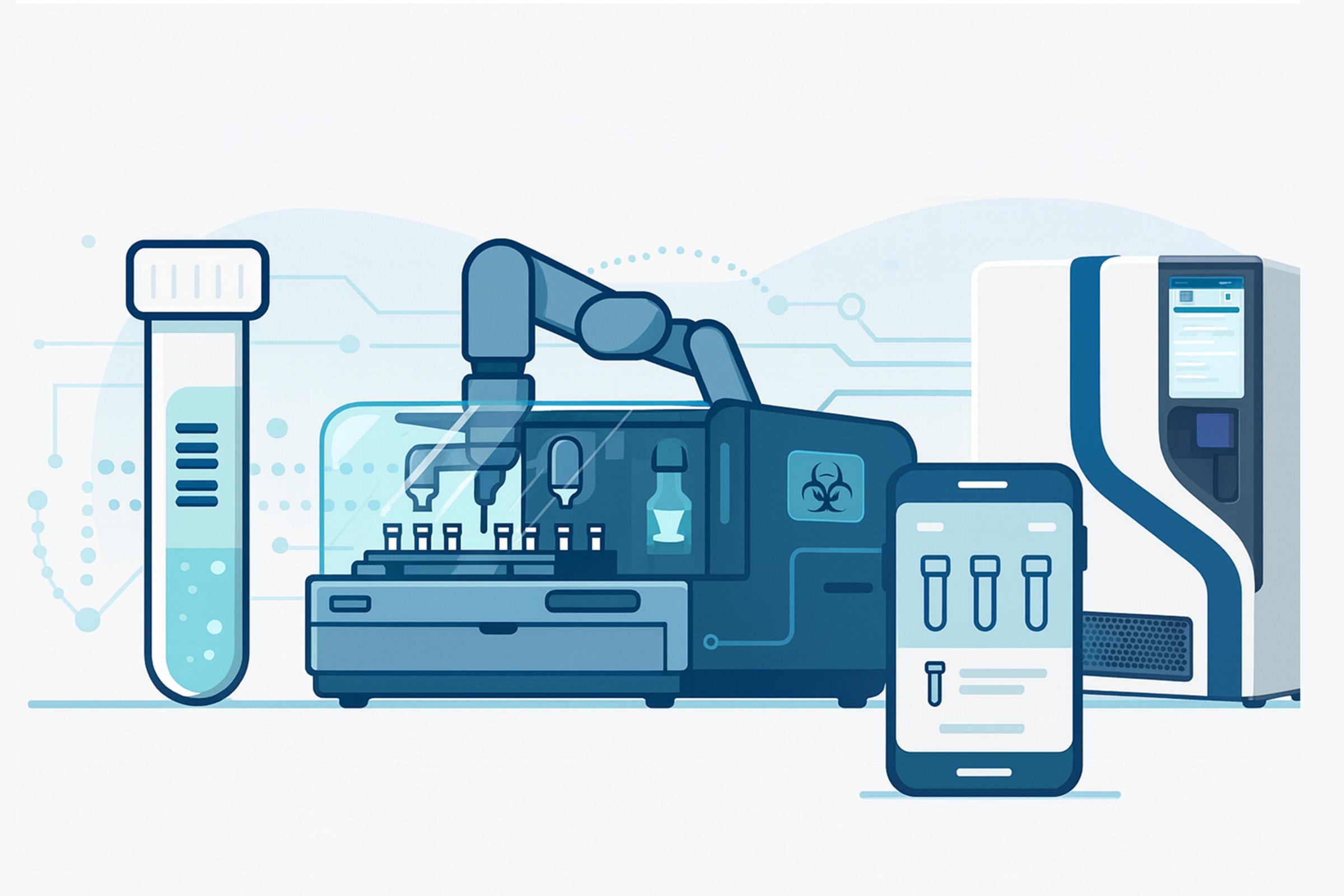What Happens After the Sample is Taken
Previously, in our article “Smart Sample Tracking for Animal Facilities,” we discussed the essential first step in sample management: scanning the animal, scanning the vial, and capturing the critical timestamp at the moment of collection.
But what happens next?
Across many facilities, standard workflows involve placing blood samples into tubes with handwritten or manually applied printed labels. Tracking is often maintained in Excel or paper. When aliquoting begins, control files for the liquid handler are created manually. Once samples reach the bioanalytical lab, staff must search through freezers to locate the correct tubes.
This is where PicoTeam’s flexible integration make a difference — connecting sample tracking directly to automated laboratory systems.
Managing Workflows with closely Timed Samples
Many laboratory workflows involve rapid and closely spaced sampling timepoints — for example: –5 min, 0 min, 1 min, 3 min, 5 min, 15 min, and 30 min. Samples often arrive in quick succession. The conventional approach is to place everything on dry ice and complete aliquoting afterward, once collection is finished.
A more efficient alternative is to allow incoming samples to queue directly for the automated liquid handling system. In this setup, aliquoting proceeds in parallel with ongoing sample collection. The system already contains the required information: which analyses each sample needs, the corresponding plate assignments, and the necessary volumes.
From Animal to Freezer to Analysis — One Chain of Data
We build integrations that connect sample tracking with automated laboratory systems, including:
- Automated liquid handling platforms (with automatic control-file generation, drawlists, and plate assignments)
- Robotic freezers (receiving samples already labeled with recognized barcodes)
- Plate readers and other analytical instruments
- Full tracking of controls and calibrators for each assay run
The barcode assigned at collection follows each sample through aliquoting, storage, and retrieval. When the bioanalytical lab needs material for analysis, the system generates a pick list, and the robotic freezer retrieves the samples automatically — without manual searching or uncertainty.
Why it Matters?
Automated freezers and liquid handling systems are not always faster than an experienced technician. The value lies in something else:
tasks run in parallel, errors are eliminated, and the audit trail is complete.
No more mislabeling. No more sample switching. Once a tube is scanned, its identity is fixed — regardless of its position in the rack.
When samples move between the in vivo team and the bioanalytical laboratory, this handoff becomes smooth and traceable rather than a source of confusion.
This Is What We Mean by Digitalization
At PicoTeam, our products — such as digital cage cards and mobile app — are what most people know us for. But a complete digitized facility involves connecting workflow components that do not naturally communicate with one another.
Every facility operates with different equipment, processes, and existing systems. Sometimes the solution lies in our standard products. Sometimes it requires building the integration layer between your liquid handler and your sample tracking. And often, it involves both.
If your workflow still depends on Excel control files, manual tube labels, or searching freezers from memory — there is a more efficient and reliable way to manage these processes. And PicoTeam can you help achieve this.


